|
We are playing a game of Epic 40K (3rd edition) on Saturday, with armies of 5,600 points apiece. The notes below are for those players who want to put themselves into the story beforehand (I’m looking at you, Dan!). The scenario is adapted from the Rescue scenario in the Epic Battles Book. Background: the fair planet of ArcadiaAgri-world 966, known to its inhabitants as Arcadia, was already inhabited by primitive Orks when the Imperium first colonised it. The Ork population was small, unusually peaceable and concentrated in the remote western fringes of the main continent, which are unsuitable for human agriculture. After a half-hearted, expensive and unsuccessful campaign to eliminate the indigenous Orks, the planetary Governor decided to live and let live. The two races slowly learned to rub along together, with only the occasional spat in the Western Fringes, quickly suppressed by Imperial forces. This near harmonious coexistence ended centuries later when an Ork hulk crashed into the Western Fringes, bringing the mightily ambitious Bad Moon Warlord, Tamrine. Disgusted by the unwarlike traits of the native Orks, he decided to whip them into shape and then to wipe the Imperium off the face of the planet. Waagh! Tamrine was born. Lulled by generations of coexistence with the indigenous Orks, the Arcadian Planetary Governor was slow to recognise the danger posed by Waugh! Tamrine. She reckoned the latest Ork incursion could be dealt with by the Planetary Defece Forces, without seeking help from off-world. This proved a major miscalculation, as Waagh! Tamrine smashed through the Imperial defences and laid waste to thousands of square miles of Arcadian farmland. Realising her error, the Governor begged for assistance from the Sector Council, warning that her forces could not hold out for long unaided. Fortunately for Arcadia, the Sector Council was able to respond to the governor’s pleas, sending, first, a detachment of Imperial Fists and subsequently, a smaller detachment of Space Wolves to assist the PDF. These reinforcements arrived on Arcadia not a moment too soon. Scenario: The Battling Bastards of BastionAt the point our game begins, Waugh! Tamrine has driven deep into Imperial territory. In the chaos of the Arcadian retreat, Imperator Titan Tiberius, undergoing a refit at the settlement of Bastion, has been cut off by the Ork advance and is behind the front line. Tiberius is one of only two Imperator Titans on Arcadia and its loss is unthinkable. It is protected by a small detachment of Imperial Guard. Tamrine is as determined to take the Titan as the Imperium is desperate to recover it.
Tiberius is placed in the settlement of Bastion. Deploy up to 1,400 points of Imperial Guard detachments to protect it, within a 60cm square. The Orks then all deploy in an area 60cm deep, starting 60cm from the nearest defender of Bastion. Exception: up to 3 Ork detachments may begin off table. Place their HQs on any of the three table edges, level with the perimeter of the Imperial garrison. They will enter on turn 1. Finally, the Imperial players place HQs for the rest of the Imperial army on the short table edge furthest from the Titan. Every HQ must be placed within 15cm of the first HQ placed. Exception: up to 4 HQs may be placed anywhere along the table edge. The Imperial objective is to keep control of Titan Tiberius. The Ork objective is to capture or destroy it. Tiberius has enough power to operate its void shields but can neither move nor fire. Victory conditions. The side that controls the Titan at the end of turn 6 wins the game. Before then, if either side’s morale drops to zero, it loses immediately. The Orks may target the Titan but if they destroy it, they can only win by reducing Imperial morale to zero.
1 Comment
We and Games Workshop got historyBetween 1997 and about 2015, Games Workshop was a central part of our family life. We played every system they released between Gorkamorka and 40K 7th edition, with the exception of Inquisitor. Nick, our older son, was (and still is) a gamer above all while his younger brother, Will, enjoyed the modelling and painting, even selling his skills to raise cash while at university. I both played, but not as well as Nick, and painted, though not a patch on Will. The boys have grown up and moved out and our gaming opportunities have become rarer. Wargames still have a pull: I started playing historical games again and Nick has been happy to join in, while Will still enjoys picking up obscure modelling materials at wargame shows. At most, we now play a couple of GW games a year. I stopped buying White Dwarf soon after Age of Sigmar was released, not in protest exactly, but the new universe just didn’t interest me. 40K 8th edition also passed us by, though I did enjoy the one brief game that Ian Barber ran to introduce the new system. In short, for no particular reason, my 40K knowledge ended with 7th. My Firstborn: beaten by my first bornUntil autumn 2020 that is, when Nick bought me the Indomitus boxed set as a surprise lockdown gift. We had both been curious about 9th edition and he couldn’t resist the bargain of large new forces for two of our favourite 40K armies. A small test game between Orks and Cadians went well (for the Orks), Christmas brought the Space Marine and Necron codices and we were back in the thick of it. Nick came over on Father’s Day and we played our first biggish game with the new rules. Nick took Necrons and I led the Ultramarines. Nick had some of the new Necron models but my army was a continuation of my 7th edition force. Who knew when I originally collected them that I would be fielding ‘Firstborn’ Space Marines? Honestly, I turn my back for a moment and the lore changes everything! We fought over a ruined Imperial settlement, which allowed a lot of cover to both sides. This favoured the close combat specialists who could close the range without exposing themselves to too much firepower. I was happy with my deployment, including landing a drop pod and some terminators behind Nick’s line, so for a short time Ultramar seemed ascendant. Then Nick’s warriors shot up my Assault Marines, his scarabs ate up my dropped squad and his destroyers destroyed my razorback squad. That basically put the lid on my efforts and by game’s end he held all but one objective. It was an exciting game that moved fast despite us both having to refer often to our faction rules. My mistakes included focussing overmuch on Nick’s Monolith, which I did nearly destroy but only after pounding it with my Vindicator for most of the game. Those shots could have been more successful thinning out Nick’s Necron warrior horde. I also failed to appreciate that under 9th edition Ultramarines can fall back from close combat and still fire. Had I done that instead of staying engaged, I might not have suffered the humiliation of a whole squad succumbing to a tide of tin cockroaches. My ‘gun line’ on the other side of the table might also have lasted longer by keeping more distance between itself and the Skorpeth destroyers. Just wait until next time! As ever, it was a pleasure to be across the table from Nick, adding another chapter to the story of our games since the late 90s. That’s a lot of happy memories, for which I will always be grateful to Games Workshop. Good to be back?So how does it feel to jump straight from 7th edition into 9th? I can’t deny it’s confusing. I suppose vehicles have changed the most and they strike me as more resilient than before. Right up to 7th edition, a couple of lucky dice rolls could wipe out a very expensive piece of kit. Things can still go wrong for vehicles but they generally hang around for longer, no doubt making them a less risky investment. The stripped back rules themselves are appealing and I especially like the way morale is now treated. I love the extra involvement provided by command points, which give a nod to Chain of Command, one of the best World War 2 rules on the market.
Anything I don’t like? Nope. I even like the Primaris Marines, who seem more like the superhuman giants encountered in 40K literature. The ‘Firstborn’ plot twist is a clever bit of reverse lore engineering. I would, however, observe that 9th edition seems no less complex than older editions. The basic rules are now wonderfully simple but the complexity has transferred over to army and faction rules, the range and detail of which is bewildering. I had expected today’s 40K to be more accessible for new, casual or ageing players like me, but I don’t think it is. If I am to play my next game half-way effectively, I’m going to have to revise, remember and apply all the subtleties required to get the most out of an Ultramarine force. I really look forward to our next game but will timetable in some serious pre-fight preparation first. Recently, Nick and I played our first game of Speed Freeks, the Games Workshop game of warring Orks on buggies, bikes and improbable dragsters. He and Will bought me the game last year, mainly for reasons of nostalgia, since this game is a descendant of the old GW classic, Gorkamorka. Gorkamorka was our entry game into the GW universe. One day in 1997 we came across a demo of this brand new game in the Games Workshop branch in Staines. We left the shop with the boxed game and that was it. We collected most of the metal figures and later picked up Digganob, which added human, grot and mutie mobs. We loved the random silliness, both of the background and of the rules themselves. When GW released the 3rd edition of 40K, our Gorkamorka figures became the nucleus of an Ork army. We still have all of our original models, although the plastic boyz on narrow bases were pensioned off when GW released Brian Nelson’s (still) excellent plastics. We played Gorkamorka for a good while before it slowly gave way to 40k. Anyway. Fast forward to 2018 and we were intrigued to learn about the release of Speed Freeks. I might have dropped a hint or two, so on my next birthday I received the new boxed game. First impressions The Speed Freeks box is packed full of models, markers and even a reversible playing board. The models are exquisite and the markers very solid. In comparison, Gorkamorka also had everything we needed to start playing, except for a surface. Of course, the buildings were a mix of coloured card and plastic bulwarks and the models, though quite serviceable, were less elaborate than nowadays. But unlike Speed Freeks, Gorkamorka had figures and rules for dismounted figures and the wartrukk was designed to carry individual foot models. There were even specially designed narrow bases to allow players to cram more figures onto the vehicle. Speed Freeks has no rules or models for figures on foot: in today’s version, every Ork or grot is on a bike or buggy. The most striking difference I suppose is that Gorkamorka provided an extensive back story and campaign system which was further elaborated in the supplement, Digganob, with several additional mobs and models. The Speed Freeks box provides a bit of backstory for atmosphere and a sort of campaign. It is also possible to buy a few more models to supplement the box contents, but the new game is more of a stand alone game that does not draw the players into its world to the extent that Gorkamorka did. First Play
Nick and I played our first game using the buggies from the Speed Freeks boxed set, four old 40k bikes and the two wartraks from the Gorkamorka box. At this point we noticed another great difference between the two games: while Gorkamorka’s mechanics were rooted in 2nd edition 40k, Speed Freeks has totally different rules, including special combat dice, which the players distribute in secret at the start of each turn. The rules are quick to learn and give an unpredictable and very enjoyable game. The mechanics owe a lot to X Wing, and even to Wings of War (or Wings of Glory, depending on how old your set is). Movement uses a set of measurement sticks, some of them distinctly curvy. In a challenging twist, there are limits to the number of times the more interesting sticks can be used. This means that a player really has to plan his mob’s actions as a team, since that useful curvy stick might only be usable once in the turn. There is also a good chance that a vehicle will spin at the end of its move, ending up facing completely the wrong way. Unpredictable Speed Freeks may be, but the players still shape the play, both by the allocation of dice at the start of each turn and the selection of movement sticks. The rules add up to an unpredictable and atmospheric game, in which buggies and bikes careen around the field, colliding, firing wildly and blowing bits off each other. We had a fine time. Speed Freeks plays fast too and is ideal for filling a free hour. I even think a non-wargamer would enjoy it, although I need to test this theory on some unsuspecting family members. We will certainly be playing and enjoying this game again, but I doubt we will be starting a campaign. For that, I don’t think Gorkamorka can be beaten. |
Archives
November 2023
Categories
All
|
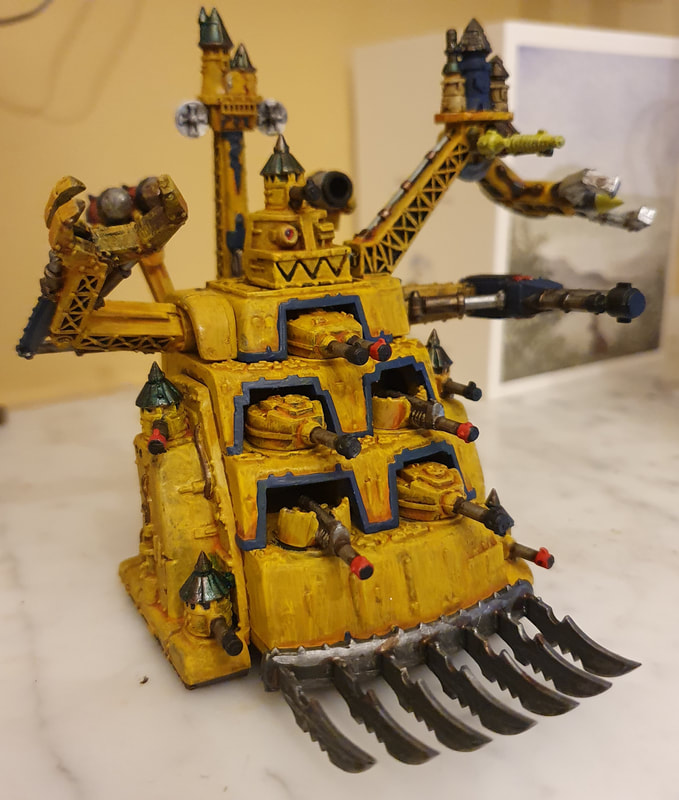
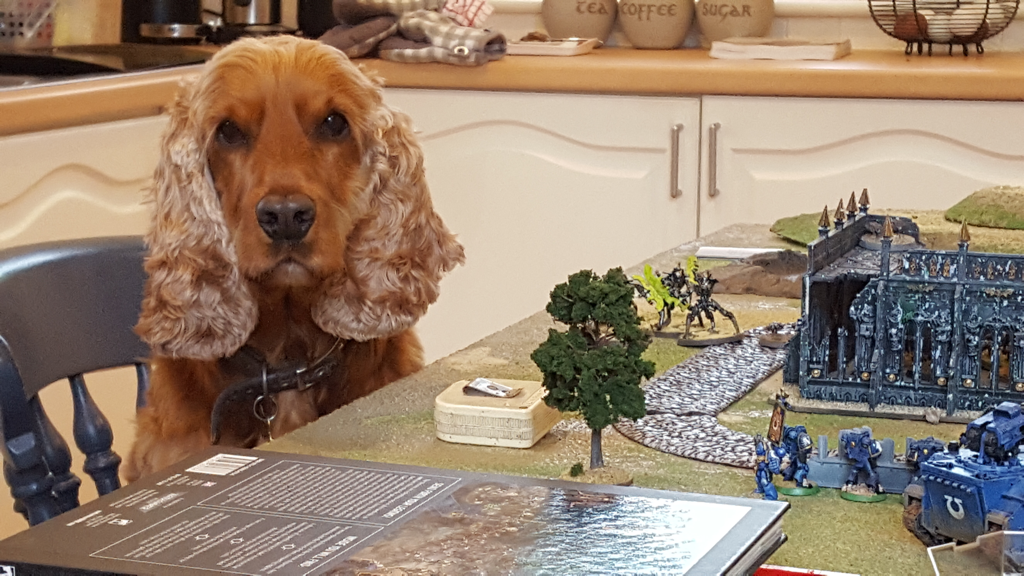
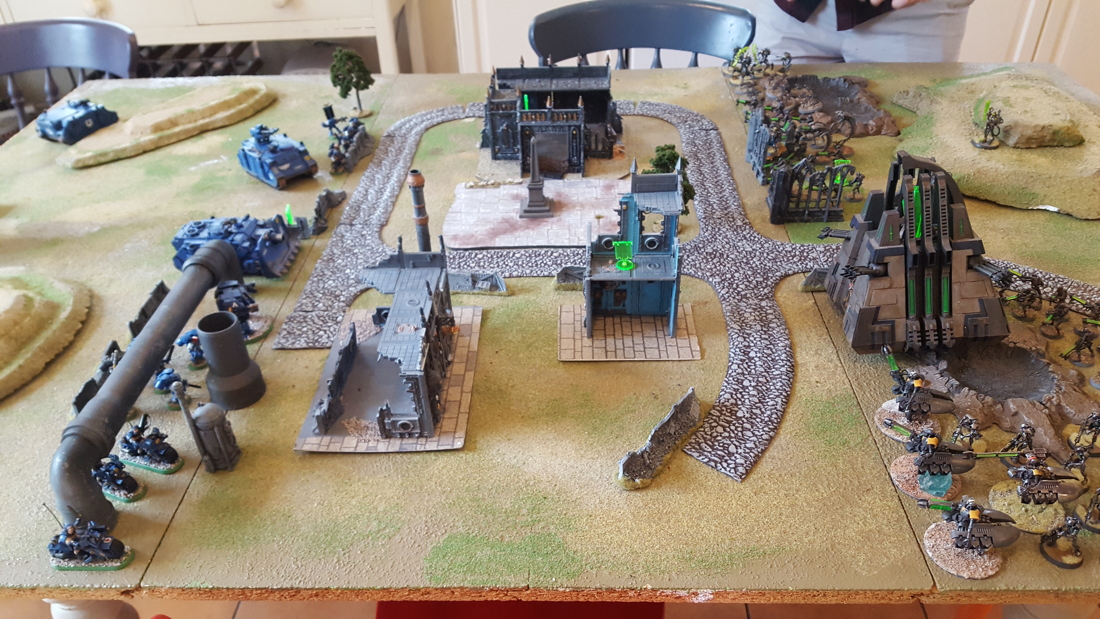
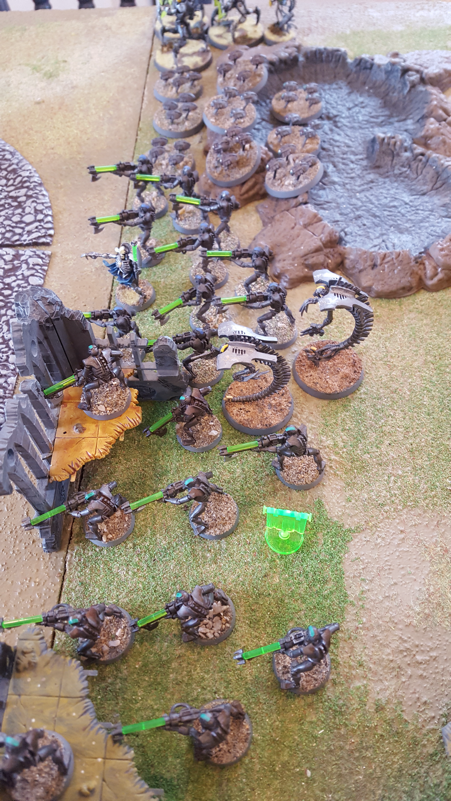
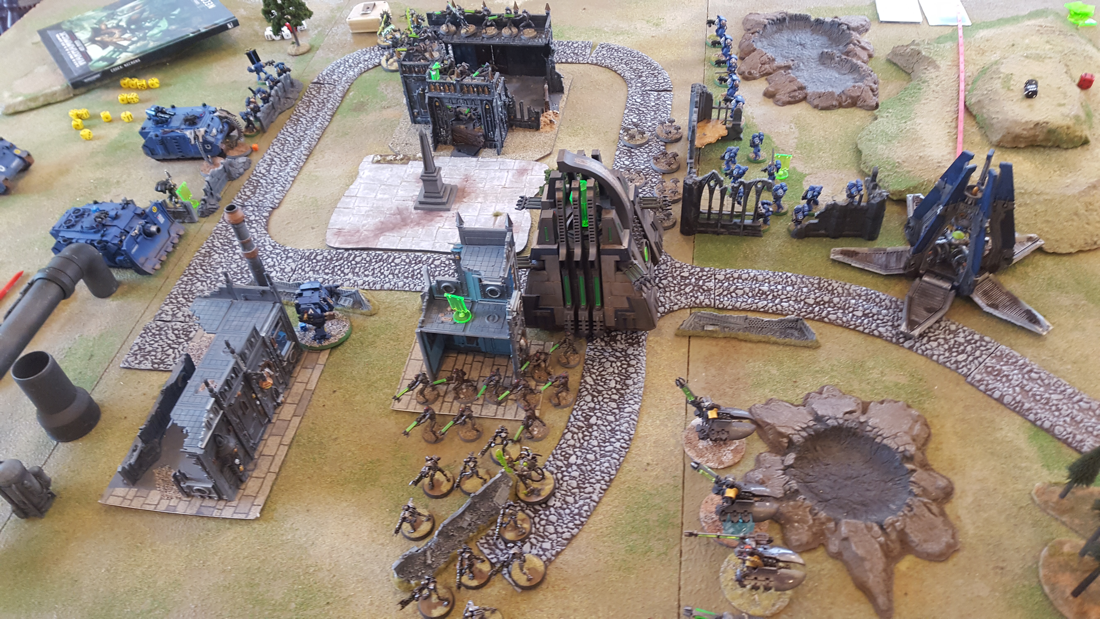
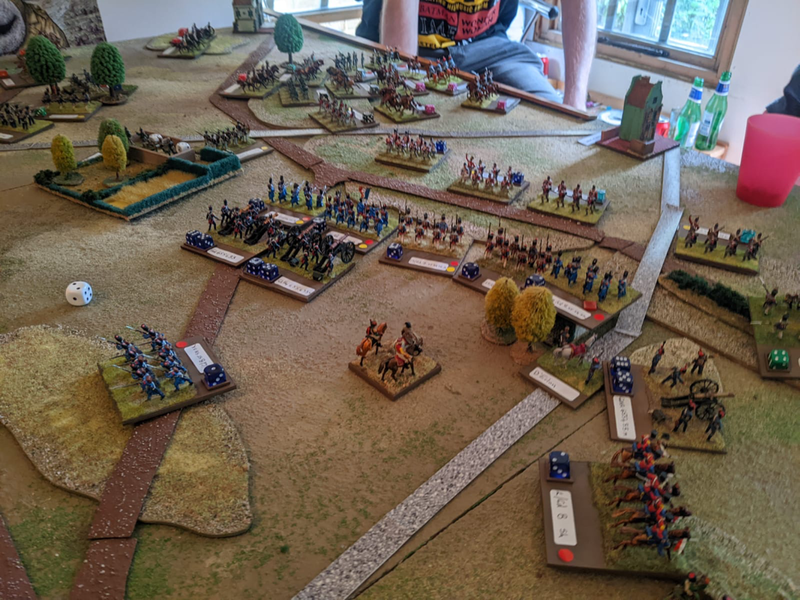
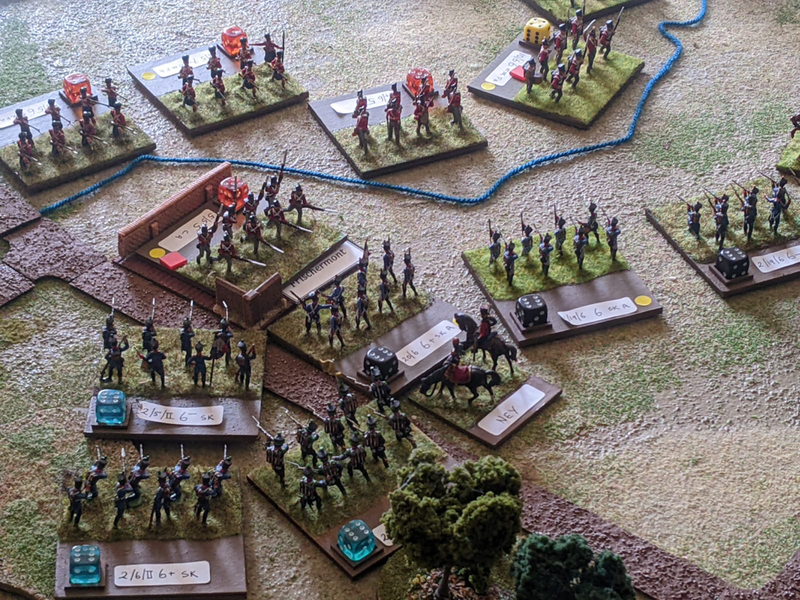
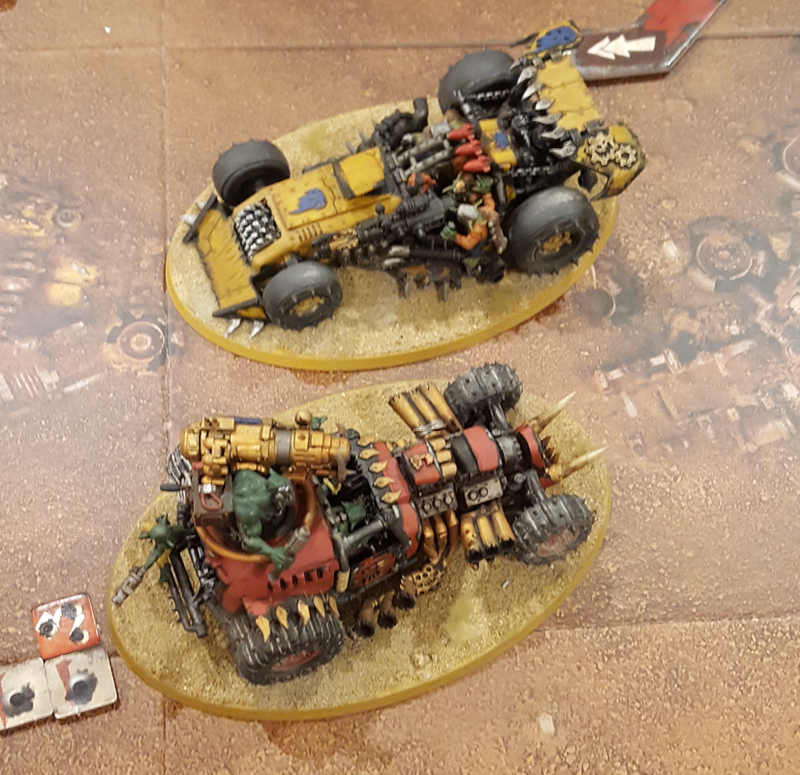
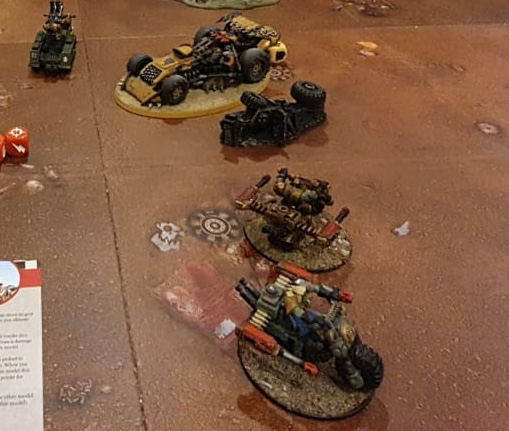
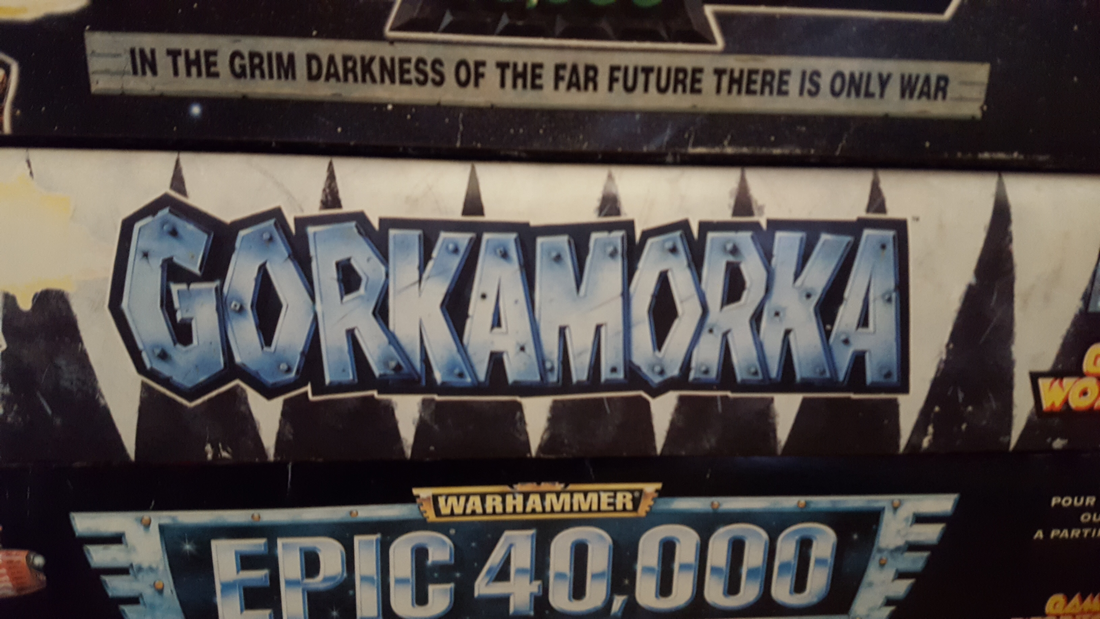
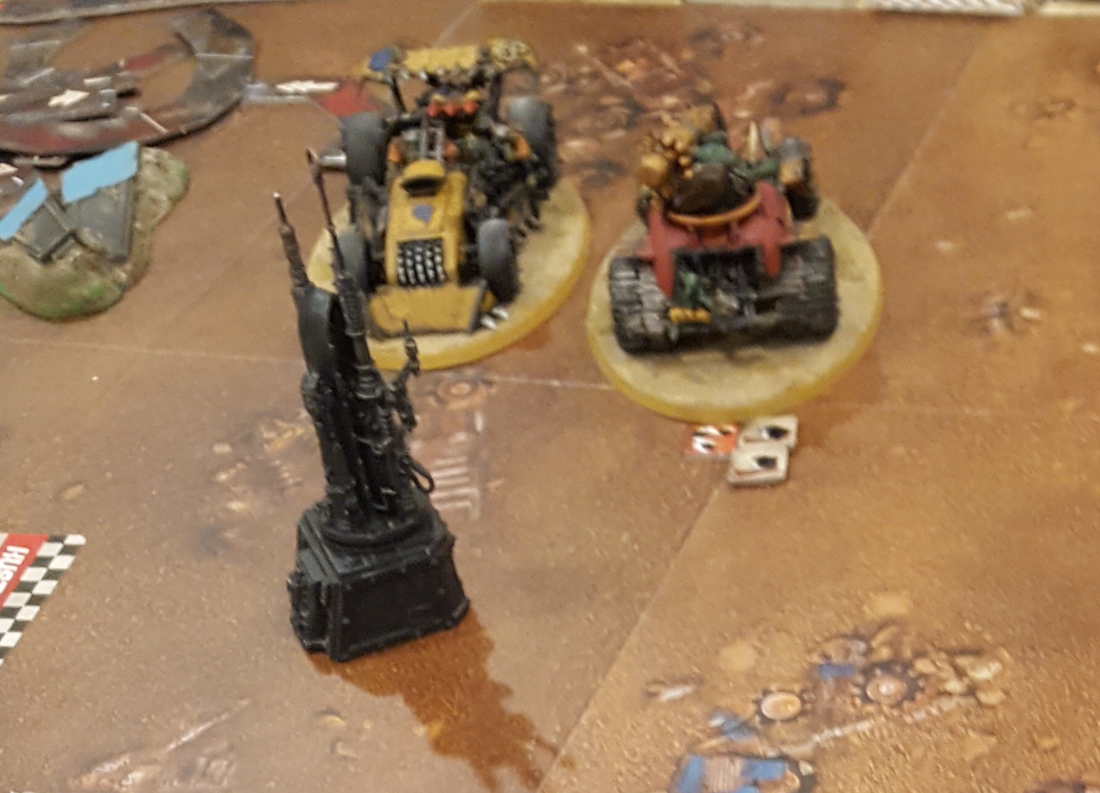
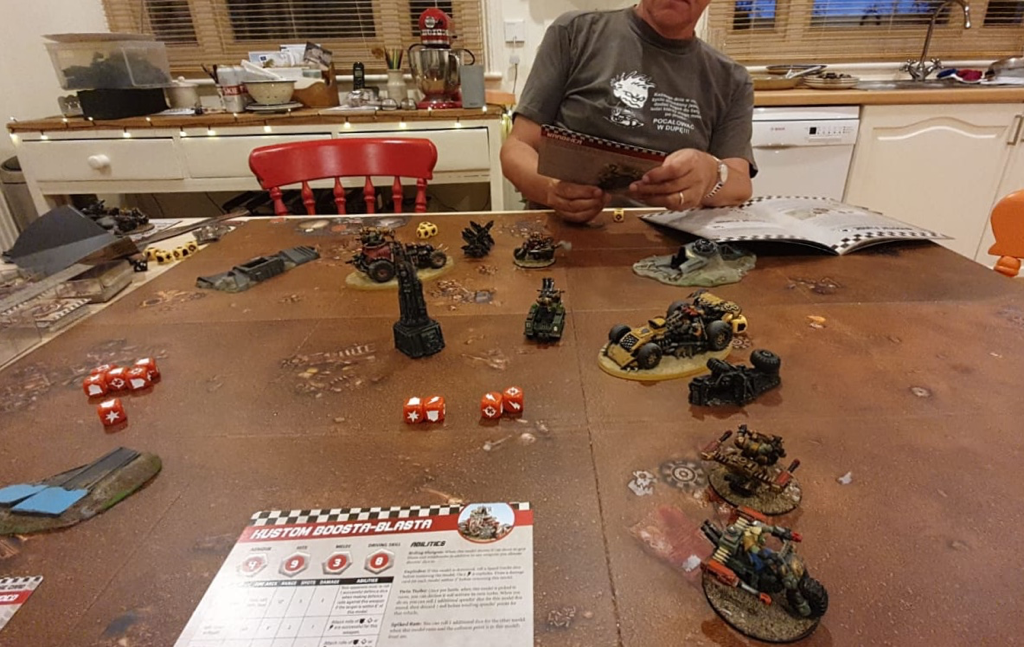
 RSS Feed
RSS Feed